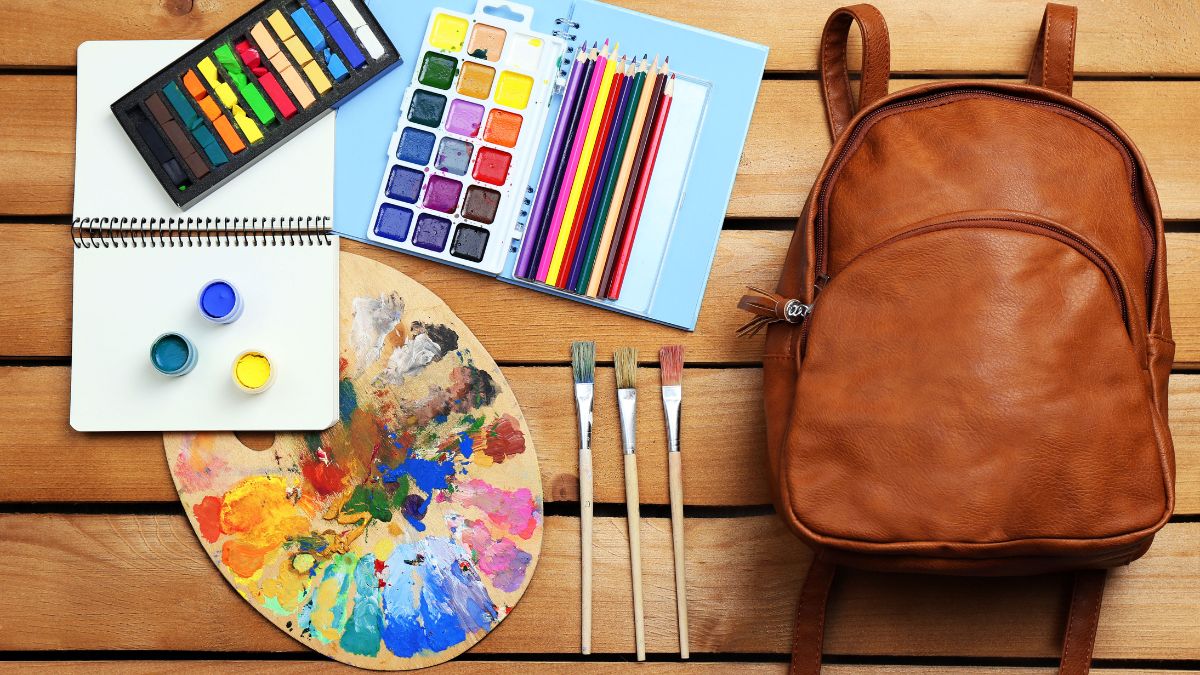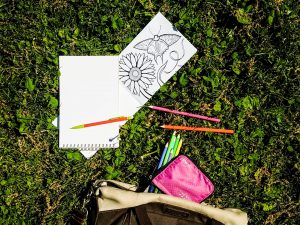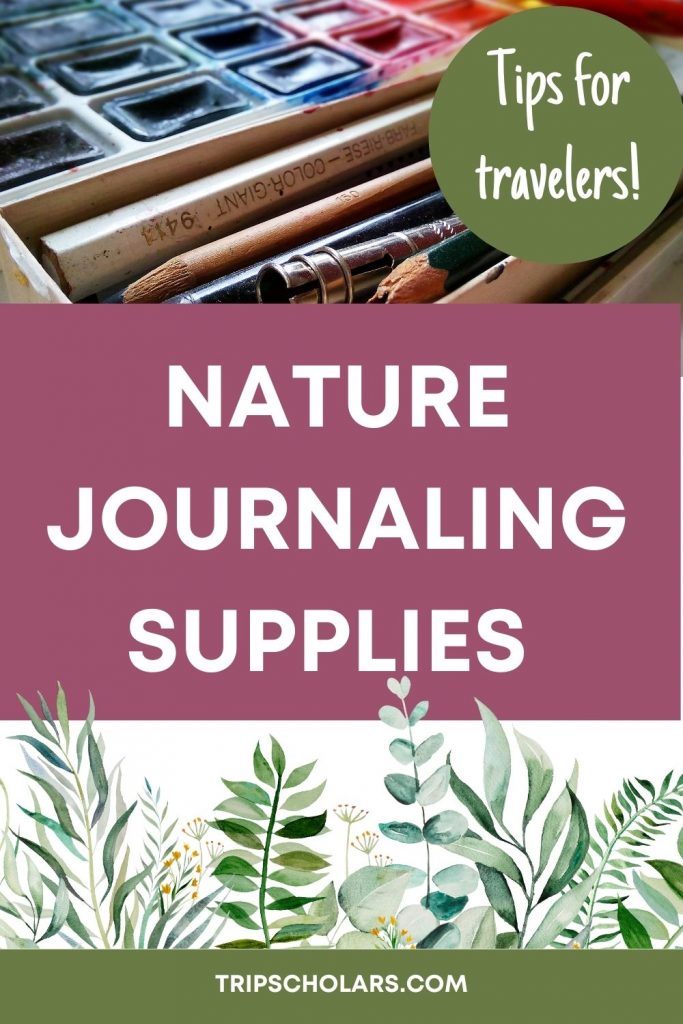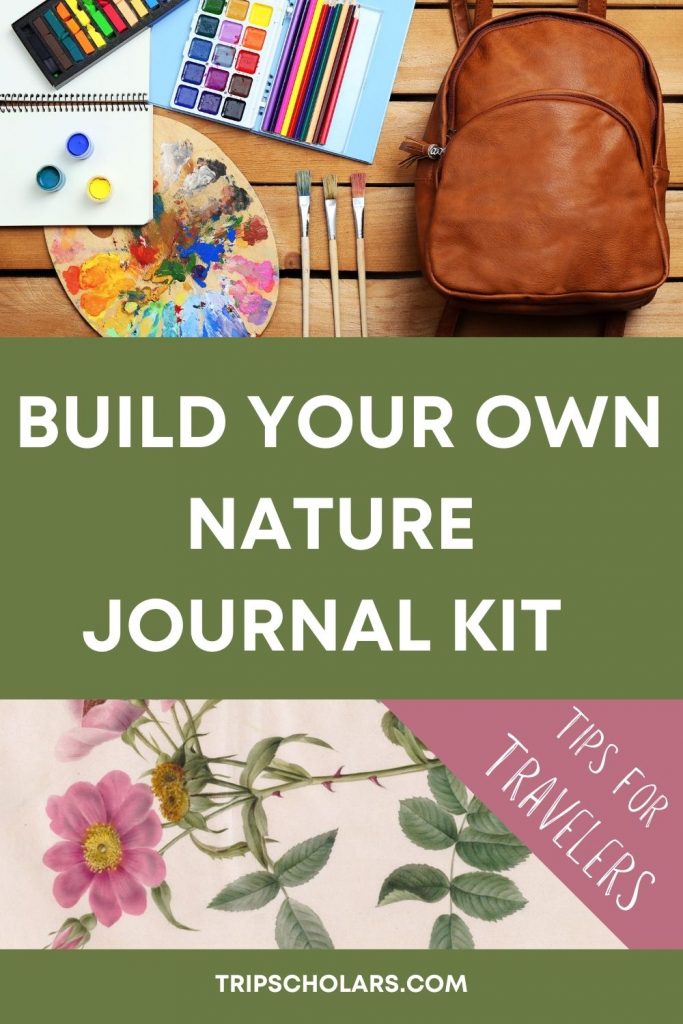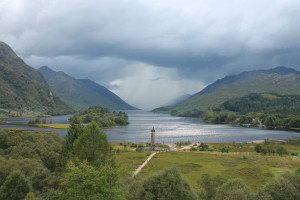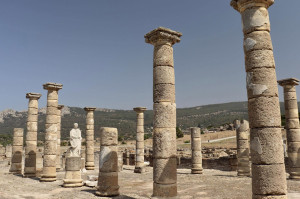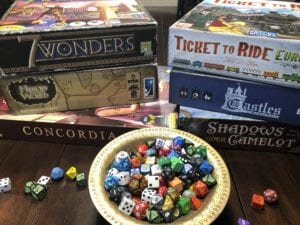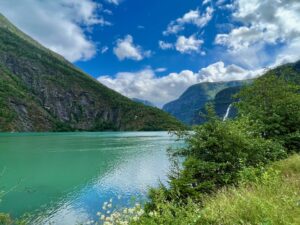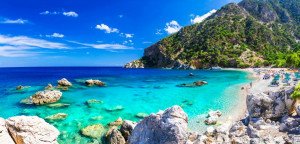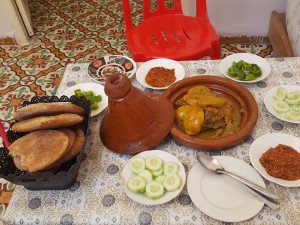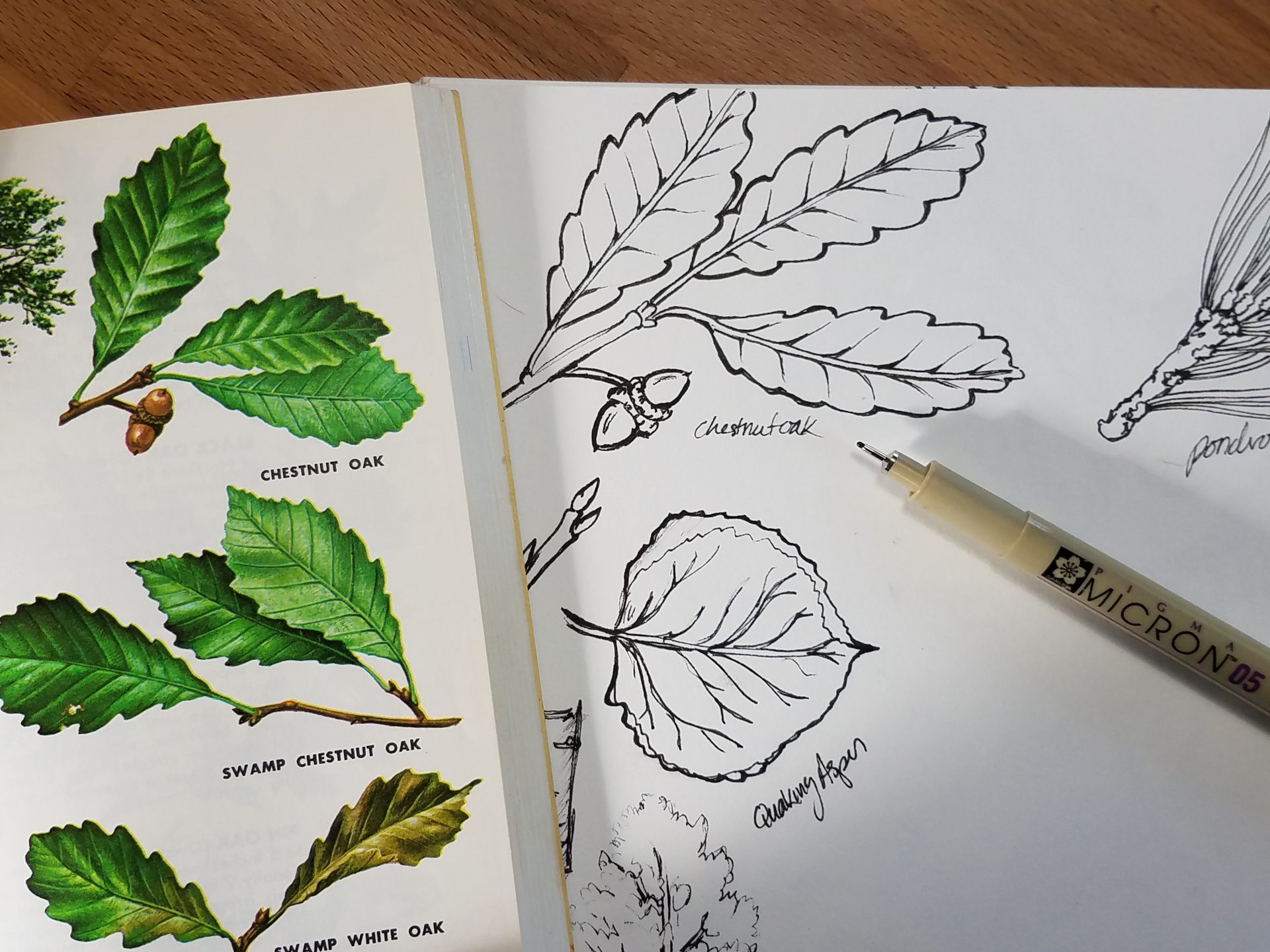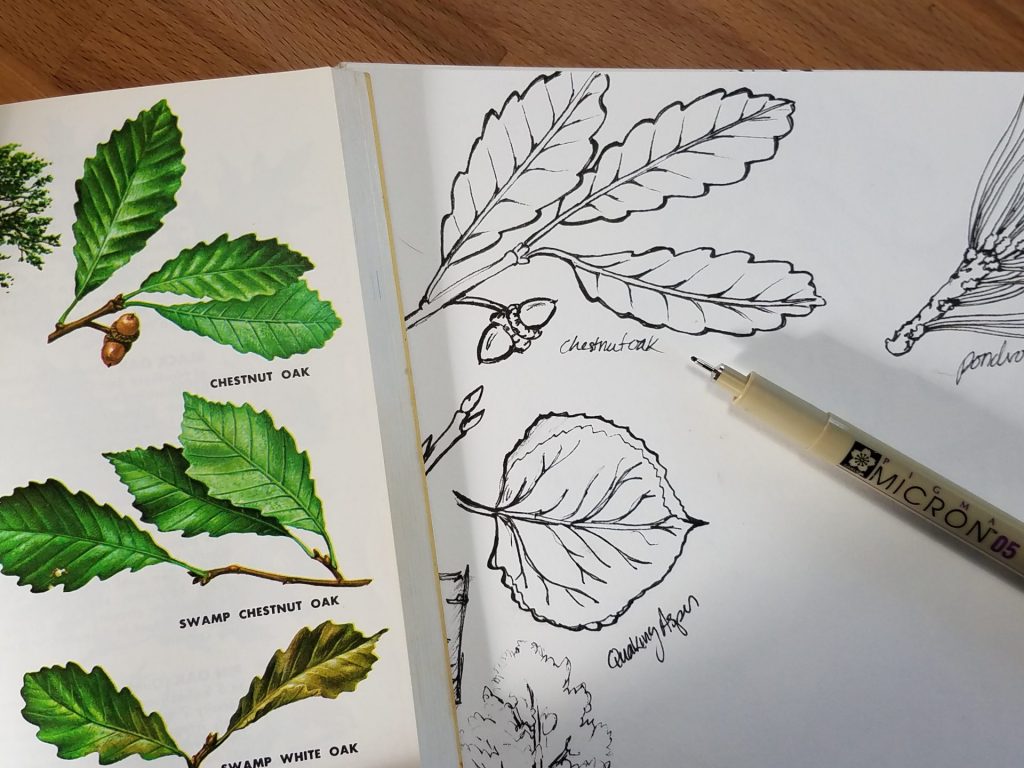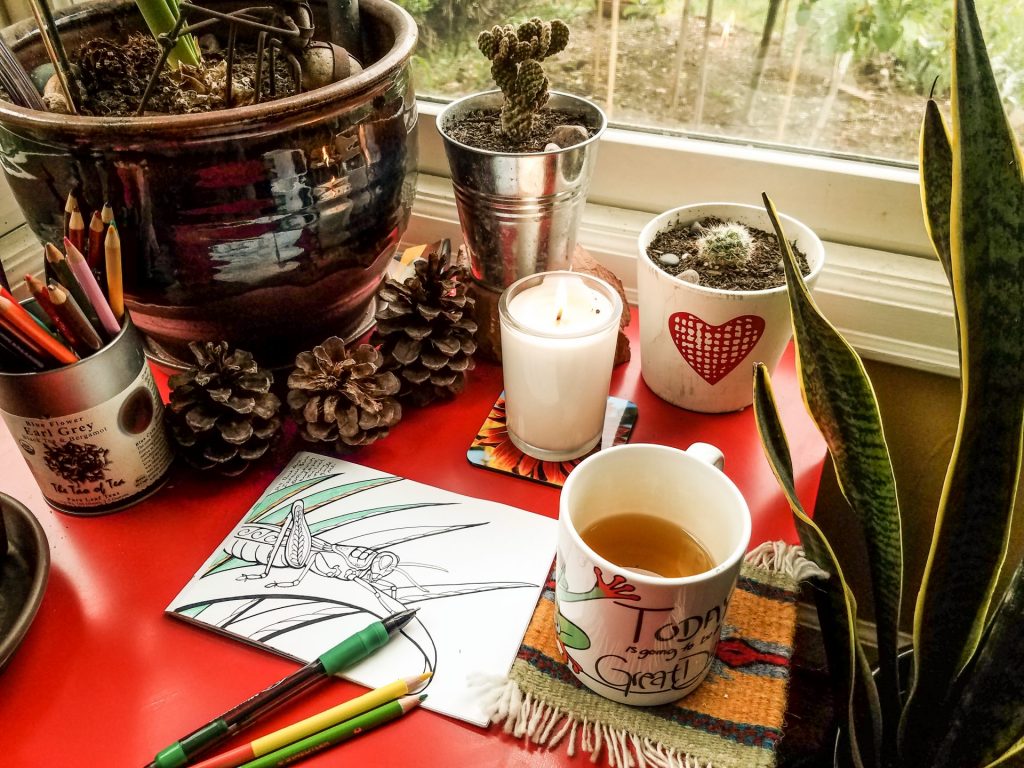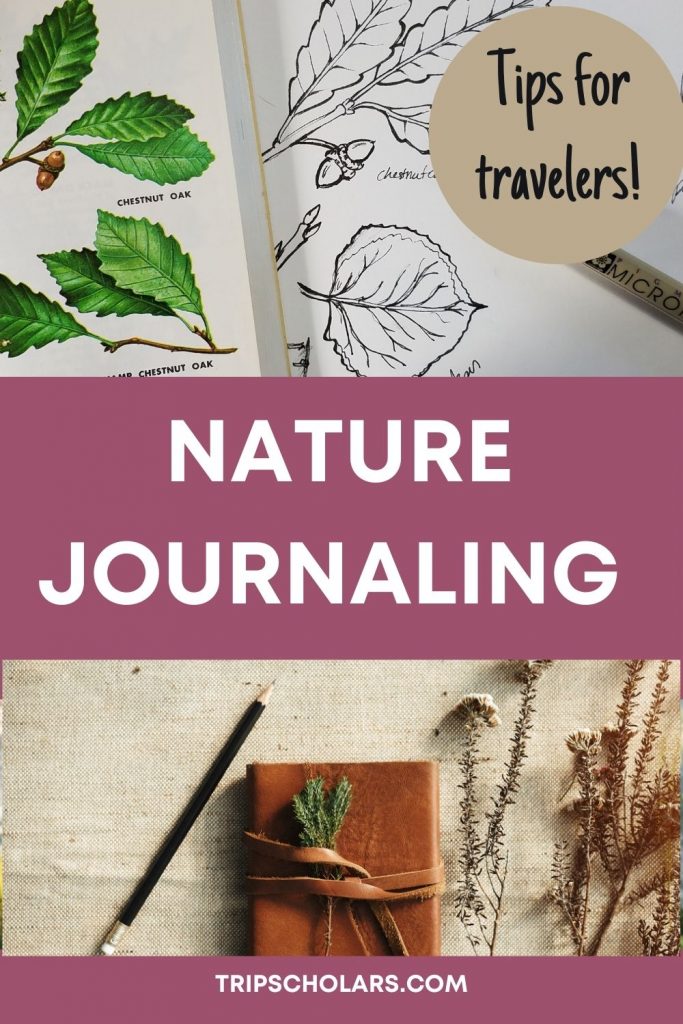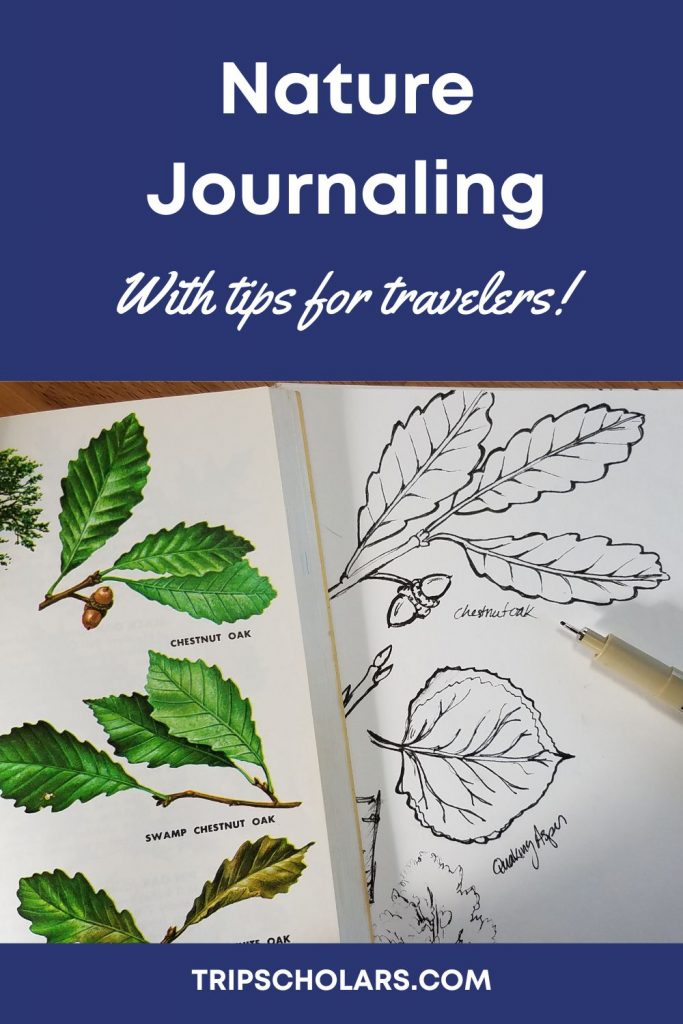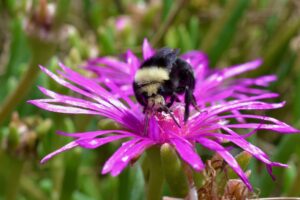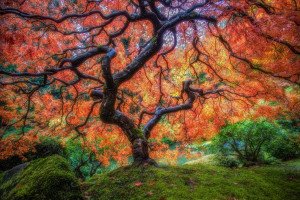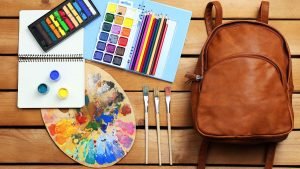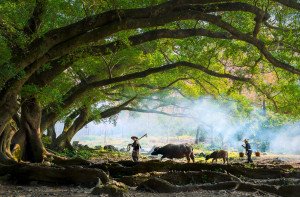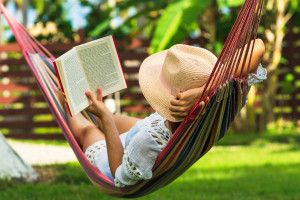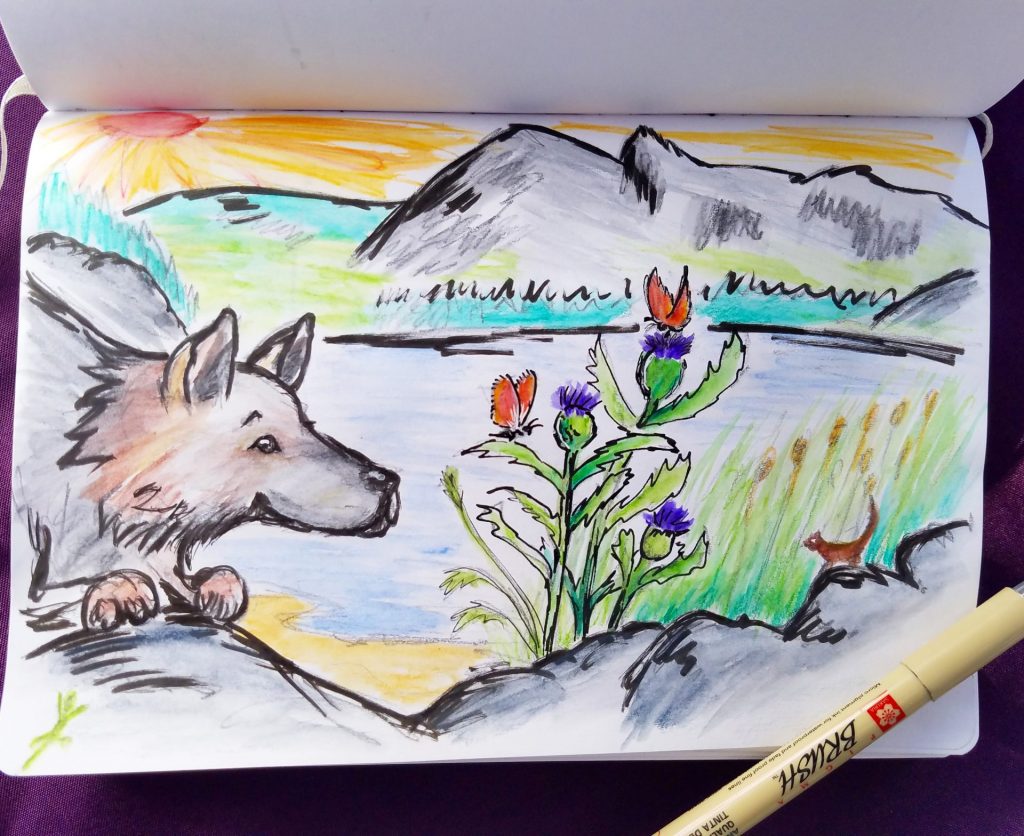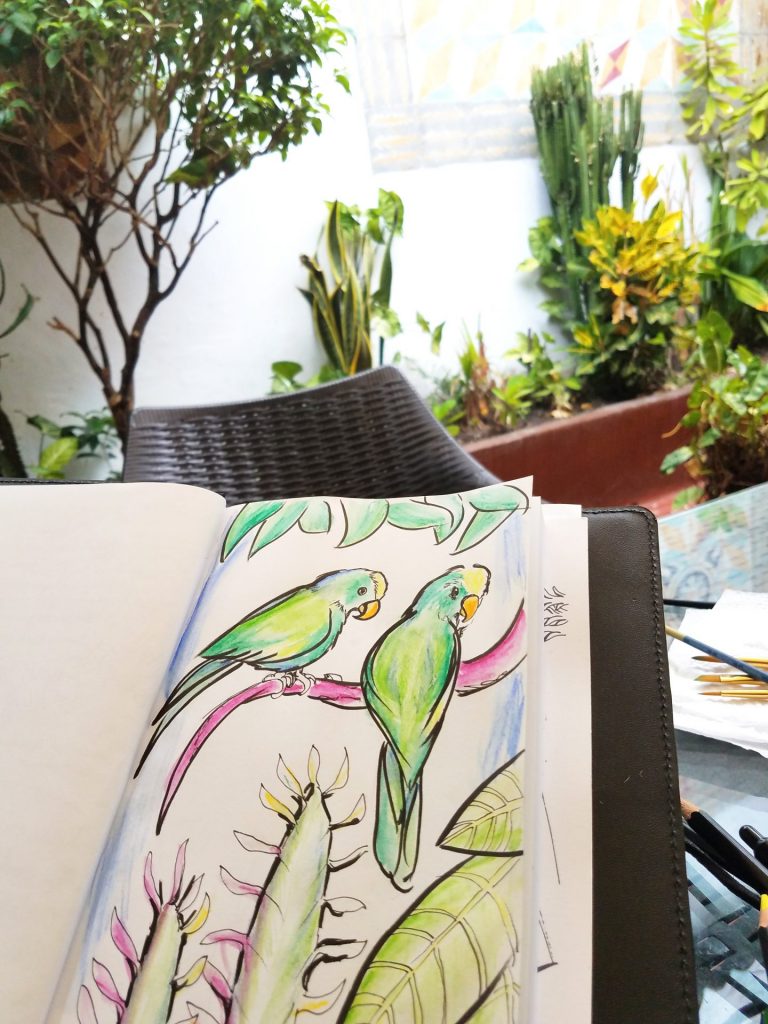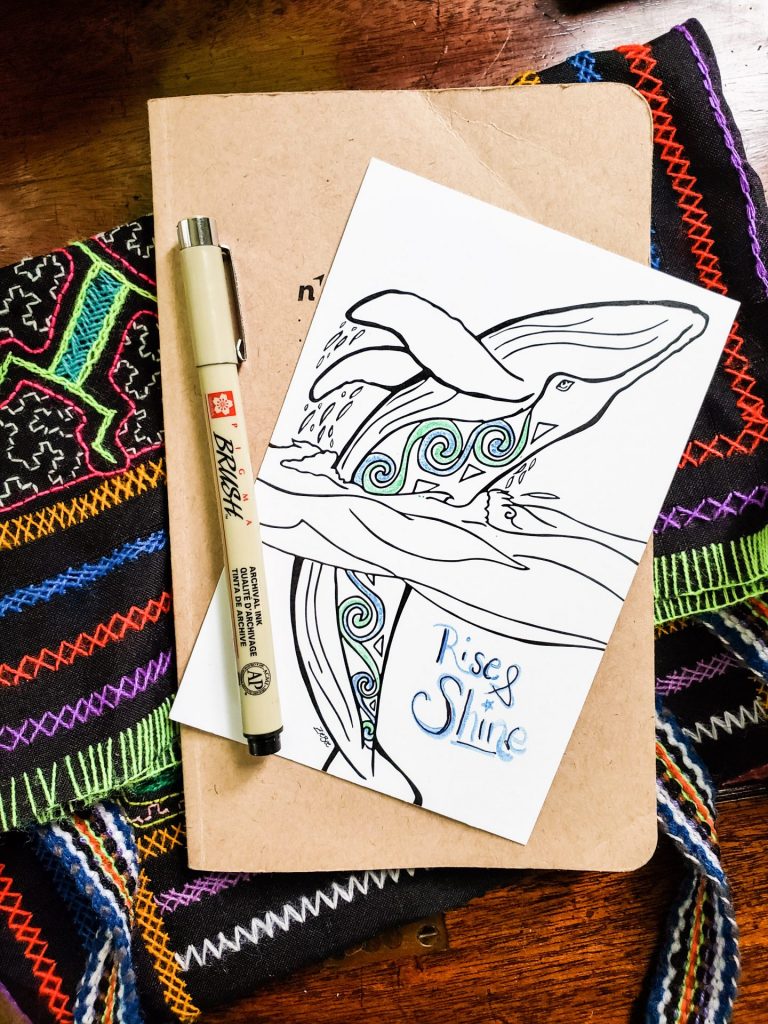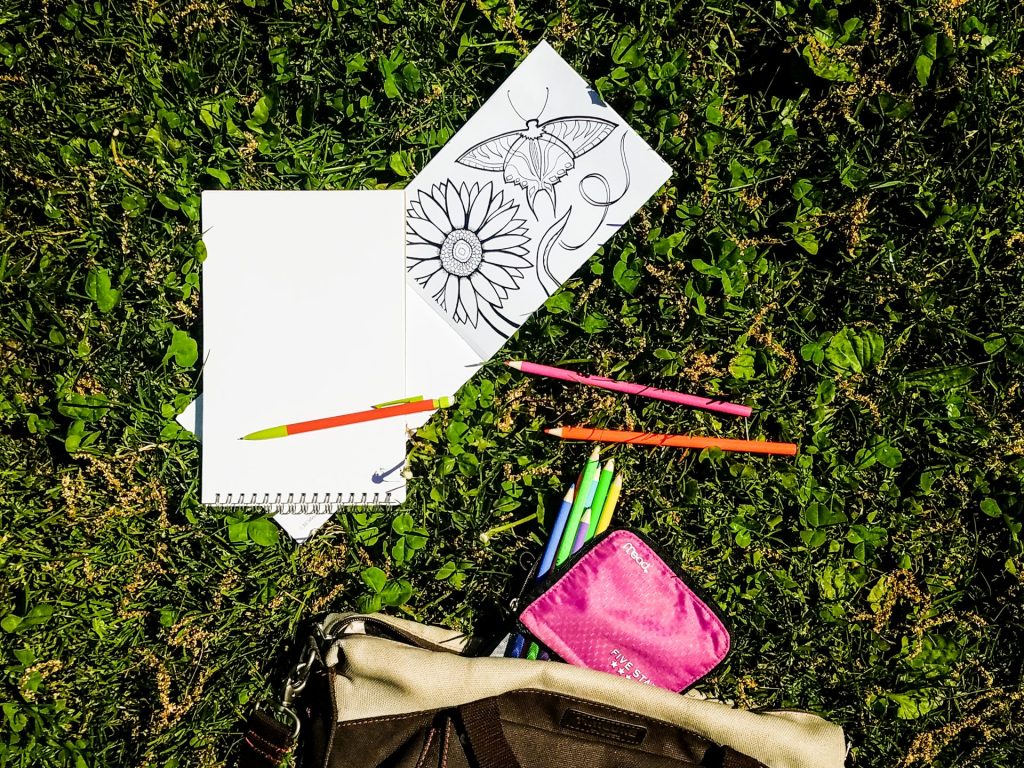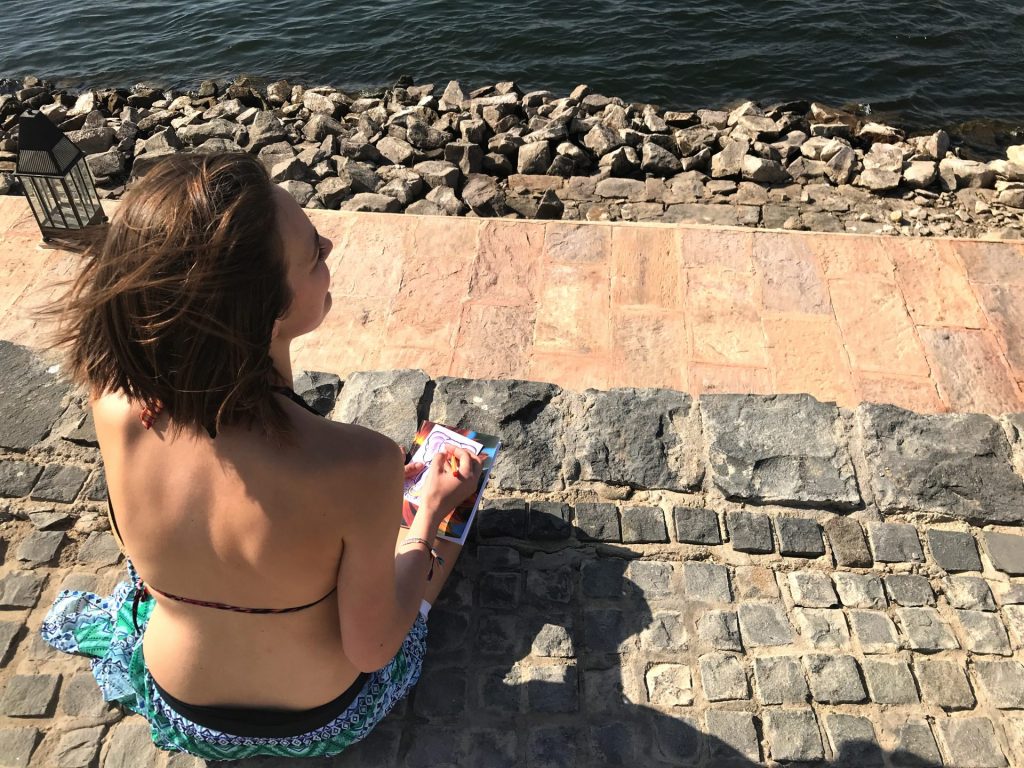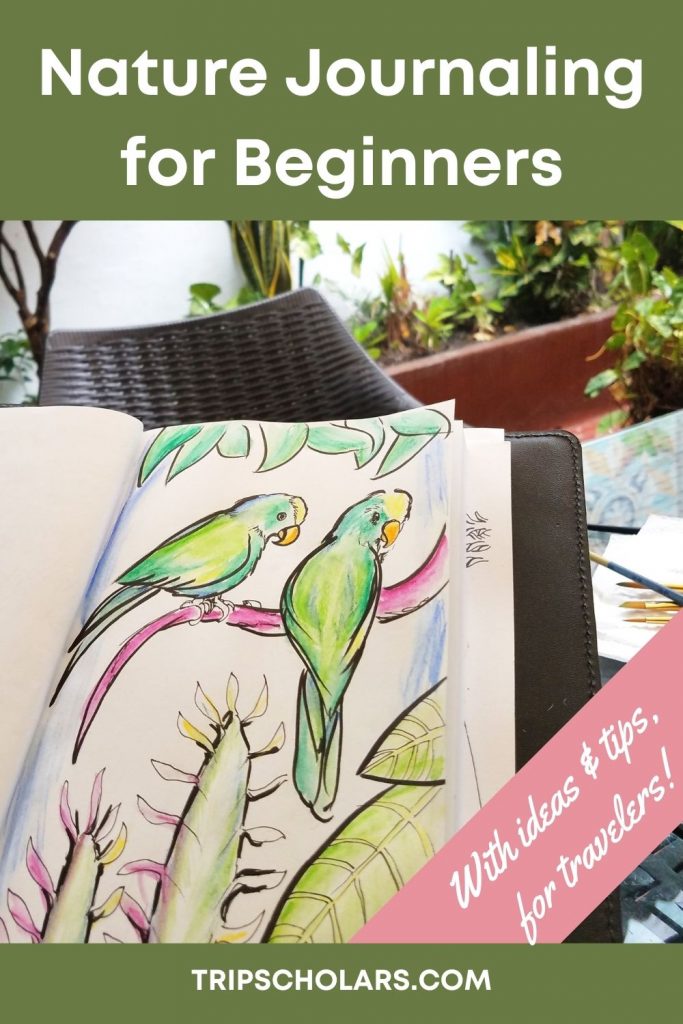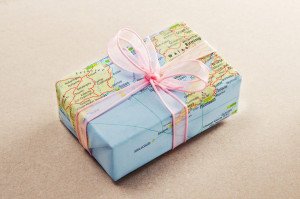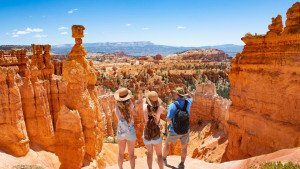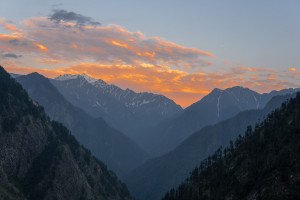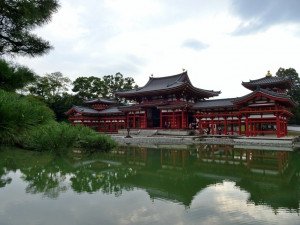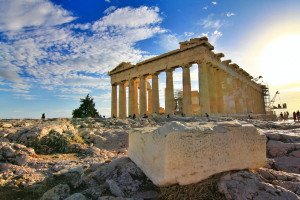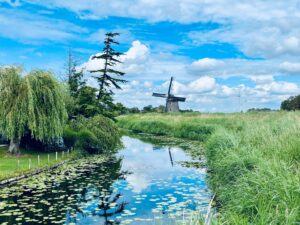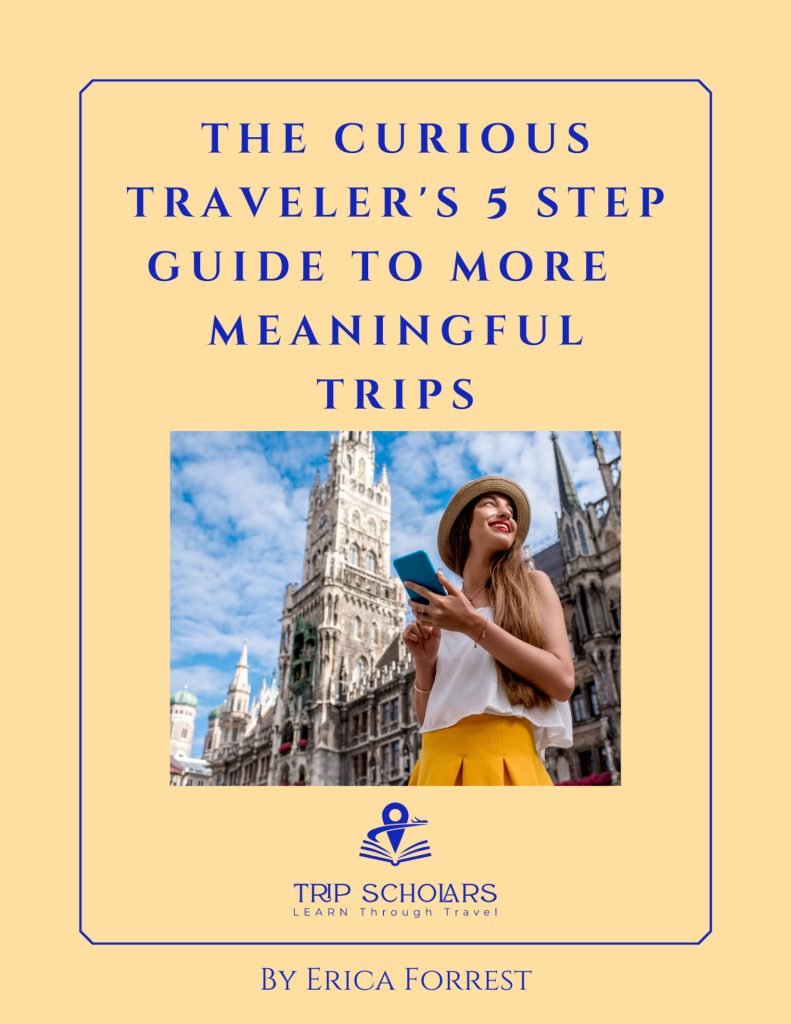Nature Journaling Supplies: Build Your Own Nature Journal Kit
Gather together the best nature journaling supplies so that you can build a nature journal kit perfect for you! Nature journaling is an ideal activity for travelers– by recording observations of the natural world, you will begin to understand patterns in the behavior of plants and animals, changes in the seasons, and other important characteristics of your travel destinations.
Nature journaling is truly for everyone and in the last two articles, I shared how to get started with nature journaling and how to build a nature journaling practice into your daily life. Here I will share the most important items to include in your nature journal kit so you can enjoy it both at home and while traveling.
This post may contain affiliate links which means Trip Scholars may make a small commission (at no extra cost to you) if you make a purchase. As an Amazon Associate I earn from qualifying purchases. Read more here. Thanks for helping us keep the lights on!
Nature Journaling Supplies and Tips to Use Them
For beginners and young naturalists, always remember that less is more. Keeping your supplies simple means more time is spent paying attention to nature and capturing your observations. This doesn’t need to be expensive, in fact you may have some of these supplies at home.
A pencil, pen, and sketchbook are the only tools needed to start nature journaling.
As you go, you can add more mediums to expand your nature journaling experience. This can include a camera, colored pencils, paints, watercolors, and various types of pens and pencils.
Build a Nature Journal Kit that Fits Your Travel Style
When it comes to packing an artist’s kit for travel, there are three things to keep in mind: size, space, and weight. Depending on your mode of transport, you might prefer a small notebook and pencil versus a large backpack full of art supplies.
Start by Selecting a Sketchbook
It’s important to find one that’s made for drawing and painting with the media you plan to use. For example, watercolors will need a thicker paper than graphite pencils. Some papers are quite thin, which can cause ink to bleed through or water to cause the pages to buckle or warp.
I prefer a 6×9-inch, spiral bound sketchbook with a cardboard back and bound on the short end. This provides a built-in drawing board, making it easy to sketch anytime and any place. Additionally, I go with smooth paper that is thick enough to prevent ink from bleeding through, so that my sketches and entries will be preserved over time.
To figure out which one is best for you, try going to a local art supplies store. In addition to seeing and feeling the sketchbooks, journals, and notebooks in person you’ll be able to chat with the creative people who work there to gain insights and ideas on what to try.
The Pen
Select a pen that you really enjoy. I use a standard Bic black ball point pen that is smooth and reliable to write with.
The Pencil
A graphite pencil is always good to have, as it is ideal for sketching and is one of the best tools for a beginner to use as it is very forgiving. For traveling, I prefer a simple mechanical pencil so that I don’t have to worry about sharpening.
The Colors
Adding color to your nature journal will bring it to life, and I recommend having a simple Red-Orange-Yellow-Green-Blue-Purple selection of colored pencils.
Optional Items to Include in Your Nature Journaling Kit
A magnifying glass or hand lens so you can get a real close look at textures on plant leaves and any other interesting things you see.
A field guide that connects with the area you’ll be exploring. This can be a big book kept at home for reference or a pocket guide to take with you in the field for helping with identification.
A small pencil sharpener, erasers, and a smudge stick for blending colors and graphite pencils.
Coloring postcards that are nature or travel themed. These double as a creativity starter and a way to send notes to friends as you travel. This is from my own collection of travel inspired postcards available on my website.
Coloring markers can add a lot to your nature journaling. They range in price from very inexpensive to serious investments so don’t overspend at the begining. Dual tips allow a single marker to provide both thin and thick marking.
Higher quality pens come in a variety of styles. Many can be purchased individually so you can find your favorites as you craft your own style.
Including watercolors in your nature journal kit can add a new dimension of artistic exploration. There are some small sets made specifically for travel and use in the field.
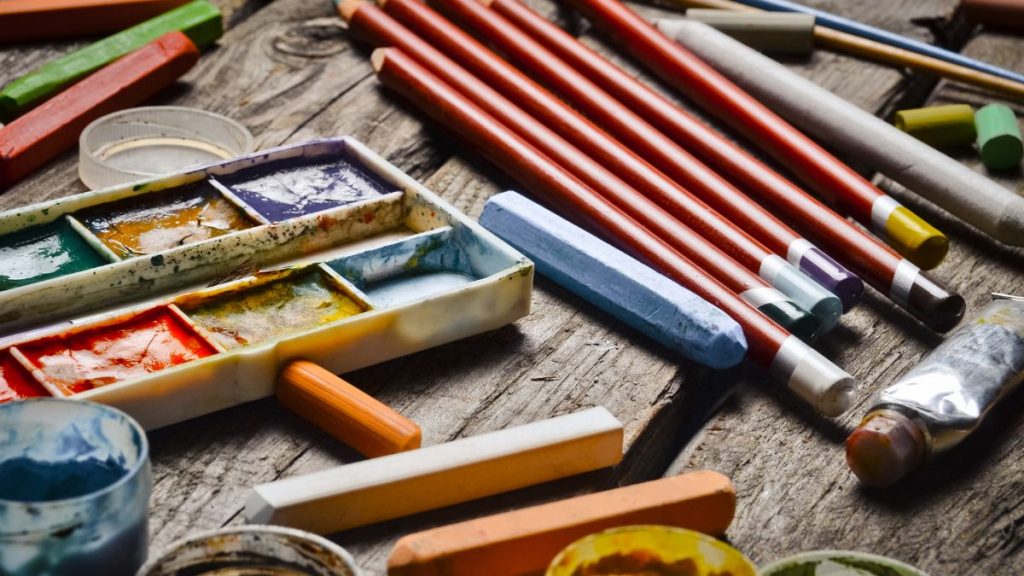
Getting Started with Texture, Shape, and Brush Strokes
Before you begin, think about the overall composition of your drawing. Where will the horizon line be? What objects will you include? For example, a sketch of a daisy could be from the side or from above, both give unique perspectives of the same subject.
Next, sketch the scene lightly with pencil first, creating simple shapes out of what you see. For example, a tree might simply be a triangle and a river a fluid line. Vary the pressure on your pencil to create different shades of gray; this will give your drawing dimension and depth.
Then, add interesting details with your pens. Trace the outlines, fill shadows with cross-hatching, create texture with squiggles, and even use dots to add visual interest.
Color comes next, try filling in the design and adding focus points and capturing the energy of the day with the colors that you see. Practice using a light pressure to a heavy pressure to add variety in the saturation of each color.
Take your time and don’t be afraid to make mistakes. Nature journaling is all about the journey, and over time your skills will improve as you tinue to practice consistently.
This is my own book, coloring is a great way to develop your abilities and my illustrations are designed with that in mind.
As you embark on your own journey into the wonderful adventure of nature journaling, there are a few final things to keep in mind.
First and foremost, have fun!
Let go of any preconceived notions of what your journal should look like and simply relax and enjoy the process.
Second, get creative!
Explore different mediums and techniques and find what works best for you.
And finally, enjoy the experience.
A nature journal is a wonderful way to record your experiences and impressions of a trip, whether it’s a weekend getaway or a round-the-world adventure. With practice, you’ll get better and better at capturing the essence of the natural world in your journal.
This article has been part of a three-part series: you’ve learned the check-in, you’ve built your kit, now try these techniques to build upon your new nature journaling routine! Let me know how it goes in the comments!
This guest post was contributed by Mackenzie Bakewell
We love to learn from our guest writers and appreciate their expertise! Visit her website by clicking on the image or name below.
Mackenzie Bakewell
DO YOU WISH YOU COULD TRAVEL MORE?
Let's Connect
I’d like to send you a free gift!
The Curious Traveler’s 5 Step Guide to More Meaningful Trips
